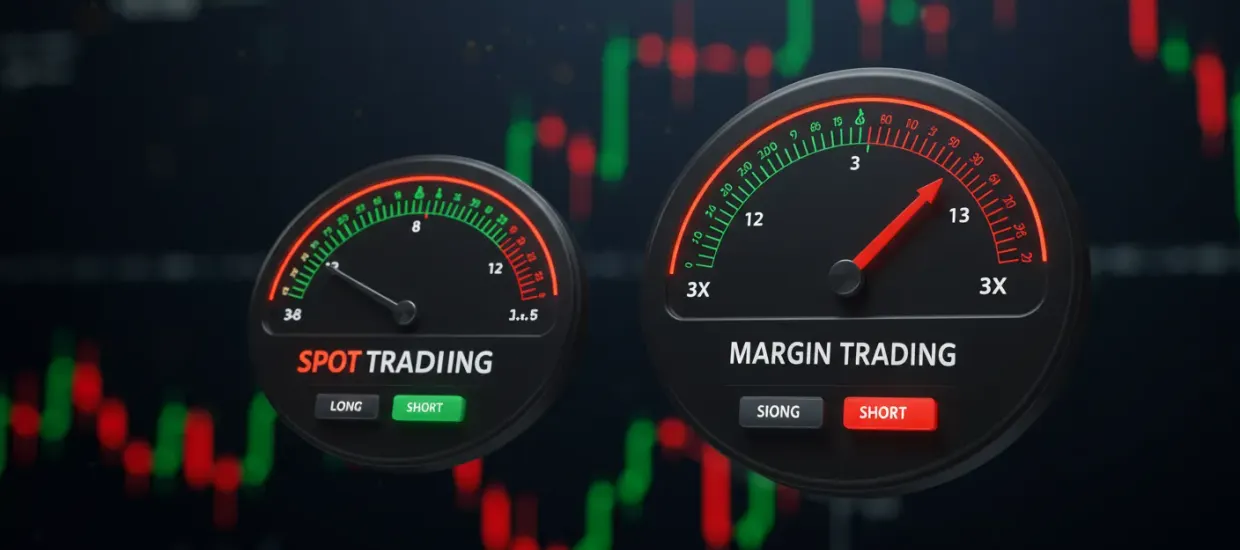- Position sizing calculations
- Volatility metrics
- Correlation coefficients
- Maximum drawdown potential
Crypto Margin Trading Analysis

In today's digital financial landscape, understanding the mathematical foundations and analytical approaches of trading is essential. This article explores the comprehensive methodology behind successful trading operations, focusing on data analysis and risk management strategies.
The world of crypto margin trading has evolved into a sophisticated ecosystem where mathematical analysis and data-driven decision-making play crucial roles. Understanding the analytical framework behind these operations can significantly enhance trading outcomes.
| Metric | Formula | Significance |
|---|---|---|
| Leverage Ratio | Total Position Value / Initial Margin | Risk exposure level |
| Liquidation Price | Entry Price ± (Entry Price × Initial Margin %) | Position close threshold |
Bitcoin margin trading requires careful consideration of multiple variables. Leading margin trading crypto exchanges provide tools for advanced analysis, but understanding the underlying mathematics is essential.
| Risk Level | Recommended Leverage | Required Margin |
|---|---|---|
| Conservative | 2x-3x | 33-50% |
| Moderate | 5x-10x | 10-20% |
Successful crypto margin trading depends on robust data analysis. Crypto margin trading exchanges provide extensive data feeds that require systematic processing.
- Time series analysis
- Statistical arbitrage opportunities
- Market depth evaluation
- Order flow analysis
| Analysis Type | Key Indicators | Application |
|---|---|---|
| Technical | Moving averages, RSI | Entry/exit timing |
| Fundamental | Network metrics | Long-term positioning |
| Metric | Calculation Method | Target Range |
|---|---|---|
| Sharpe Ratio | (Rp - Rf) / σp | >1.5 |
| Win Rate | Winning Trades / Total Trades | >55% |
When engaging in margin trading crypto exchanges selection, consider their analytical capabilities and data provision quality.
Mathematical analysis in crypto margin trading requires a combination of statistical knowledge, risk management, and market understanding. Success depends on maintaining disciplined analytical approaches and continuous data monitoring. The implementation of structured analysis frameworks, combined with proper risk assessment, creates a foundation for informed decision-making in the digital asset markets.
FAQ
What is the optimal leverage ratio for beginners in crypto margin trading?
For beginners, it's recommended to start with lower leverage ratios of 2x to 3x to minimize risk exposure while learning the market dynamics.
How do you calculate liquidation price in margin trading?
Liquidation price is calculated using the formula: Entry Price ± (Entry Price × Initial Margin %). The direction depends on whether the position is long or short.
What are the essential risk management metrics for margin trading crypto?
Key metrics include position size relative to portfolio, maximum drawdown limits, volatility indicators, and risk-reward ratios for each trade.
How does Pocket Option implement mathematical analysis tools?
Pocket Option provides integrated analytical tools including statistical indicators, risk calculators, and real-time market data analysis features.
What statistical indicators are most reliable for bitcoin margin trading?
Reliable indicators include moving averages, relative strength index (RSI), and volatility metrics, combined with volume analysis and market depth data.